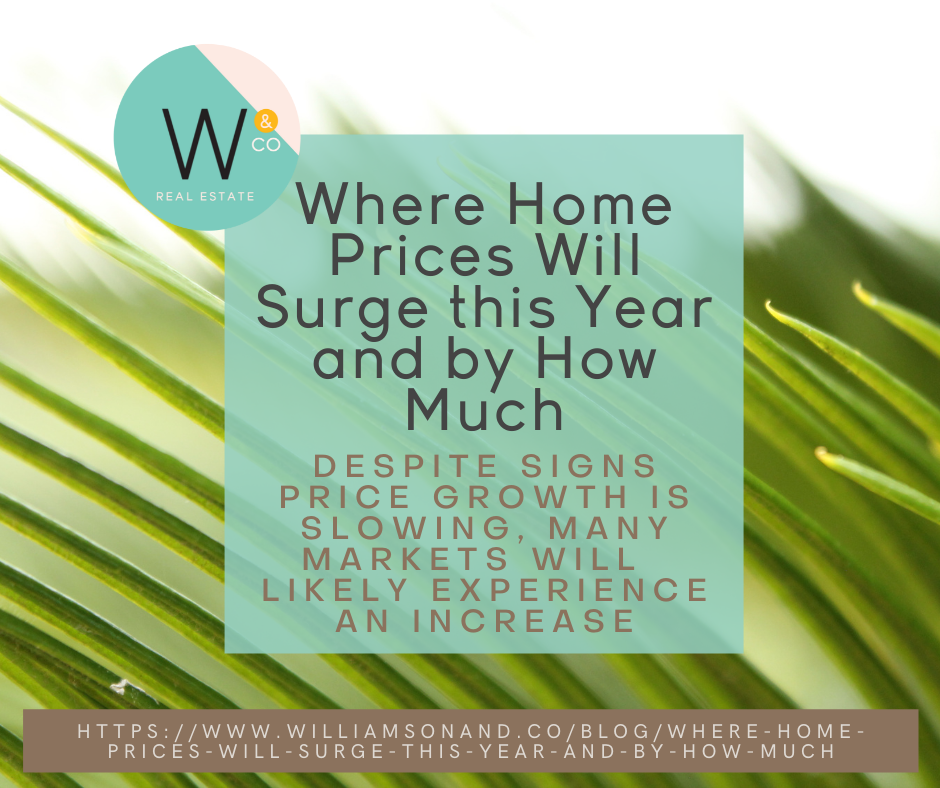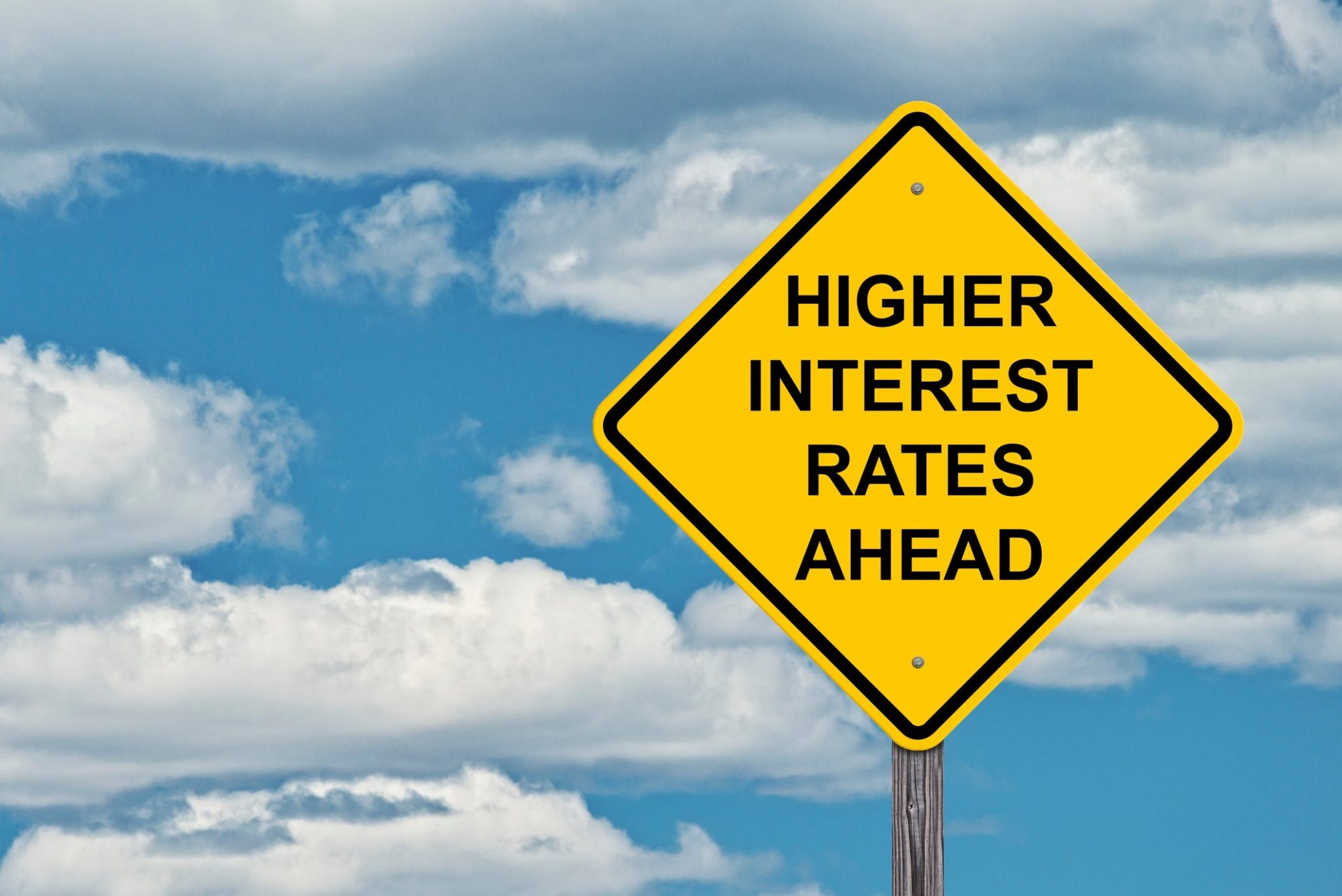
Where Home Prices Will Surge this Year and by How Much
Originally written for RealEstate.com by Shannon Molloy
After any period of strong housing price growth, talk inevitably turns to if – or when – a correction will occur in the form of either a plateau or a drop. 
Given the historic year in property that was 2021, that forecasting is now well underway, with major banks, economists and commentators offering their thoughts on what lies ahead. Despite signs price growth is slowing, many markets will still likely experience an increase over the course of this year, according to the new PropTrack Property Market Outlook 2022 report.
Most markets experienced extraordinary growth in home values last year. Nationally, the combined median house price surged by 26.8% to $775,000, while the unit median rose 13.4% to $590,000.
Despite the growing expense facing would-be buyers, demand still remains much higher than supply, PropTrack director of economic research Cameron Kusher said.
Want to see how your suburb performed in 2021? Check out our interactive.
Hot at the moment is Brisbane, with pent-up demand, a surge in interstate migration, relatively constrained supply and affordability driving growth. The Queensland capital is expected to see an increase in its median price by 8% to 11%, Mr Kusher said. Those waiting for a crash, so they can swoop in and nab a bargain, might be disappointed.
“Homeowners and potential homeowners are likely to increasingly seek out better value housing outside of Sydney, especially if moving forward there is less of a need to be in the office as regularly as pre-pandemic. It may also drive new migrants to Australia to settle in other parts of the country.”
Perhaps contrary to expectations, regional housing markets far outperformed capital city markets last year in terms of growth rates, largely due to COVID-driven trends that saw metropolitan residents pack up and head to the bush or beach. Demand for housing last year was almost insatiable and it remains high relative to supply, Mr Kusher said.
But those in the market currently are enjoying more supply, with new property listings rising in the final few months of 2021. So, the current wave will subdue shortly “We believe it’s likely to be big, but not as large as the current wave, so that should result in a better supply and demand balance,” Mr Kusher said. “We expect a smaller wave of buyers because prices have increased rapidly, although this is not so much of an issue for those buying and selling in the same market.” The expected slowing of overall activity in housing markets is likely to lead to a better balance between the supply of homes for sale and the demand for them. “This is expected to lead to a slower rate of price growth over the coming year,” Mr Kusher said.
 “It is also expected to result in properties starting to take longer to sell, as potential buyers have more choice and less competition, meaning they don’t have to move as quickly to secure a property and may not have to pay as much of a premium.”
“It is also expected to result in properties starting to take longer to sell, as potential buyers have more choice and less competition, meaning they don’t have to move as quickly to secure a property and may not have to pay as much of a premium.”
“Although there has been no movement in variable mortgage rates – they’ve fallen if anything – the lift in fixed-rate mortgages signals rates will increase and borrowers don’t have the security of locking in low rates for several years,” Mr Kusher said.
Finally, although the changes by the Australian Prudential Regulation Authority – the banking regulator – around credit availability has been mild to date, it is tightening credit availability and reducing borrowing capacities, he said.
“In turn, this will likely contribute to a slowing of demand for housing and means that prices can’t be bid-up as rapidly as they have been over the past year.”

